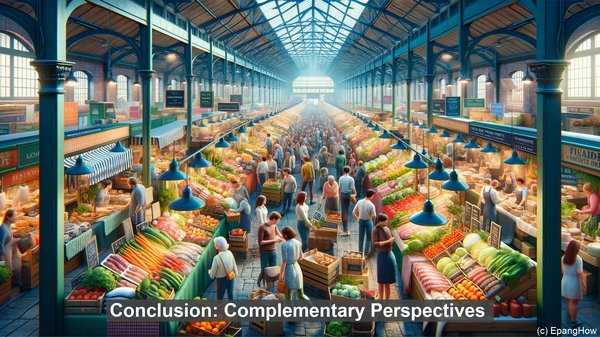Introduction: Unraveling Trade Theories
Hello everyone! Trade theories provide valuable insights into the dynamics of international trade. Two prominent models, the Heckscher-Ohlin model and the Ricardian model, offer distinct perspectives. Today, we’ll delve into their differences, exploring the concepts of factors of production, comparative advantage, and trade patterns.
The Ricardian Model: A Foundation of Comparative Advantage
In the Ricardian model, trade is driven by comparative advantage. It posits that countries should specialize in producing goods in which they have a lower opportunity cost. This cost is determined by the labor required to produce a unit of a good. By specializing, countries can maximize their production efficiency and overall welfare. The model assumes a world with two countries, two goods, and constant labor productivity.

The Heckscher-Ohlin Model: A Focus on Factor Endowments
The Heckscher-Ohlin model, on the other hand, emphasizes factor endowments as the basis for trade. It argues that countries will export goods that intensively use their abundant factors of production and import goods that use their scarce factors. The model expands on the Ricardian model by incorporating multiple factors like labor, capital, and land, and their mobility across industries. It highlights the role of factor price equalization and the Stolper-Samuelson theorem.
Factor Mobility and Trade Patterns
One key distinction between the models lies in factor mobility. The Ricardian model assumes immobility, meaning factors can’t move between industries. In contrast, the Heckscher-Ohlin model allows for factor mobility, suggesting that factors will adjust across industries to achieve equilibrium. This mobility can lead to specific trade patterns. For instance, if a country has an abundance of skilled labor, it will export skill-intensive goods and import labor-intensive ones.
Empirical Evidence and Real-World Application
Both models have been extensively studied and applied. Empirical evidence often supports the predictions of the Heckscher-Ohlin model, with countries tending to export goods that align with their factor endowments. However, the Ricardian model’s simplicity and focus on comparative advantage remain relevant, especially in explaining trade between developed and developing countries. It’s important to note that while these models offer valuable insights, real-world trade is influenced by a multitude of factors beyond their scope.

